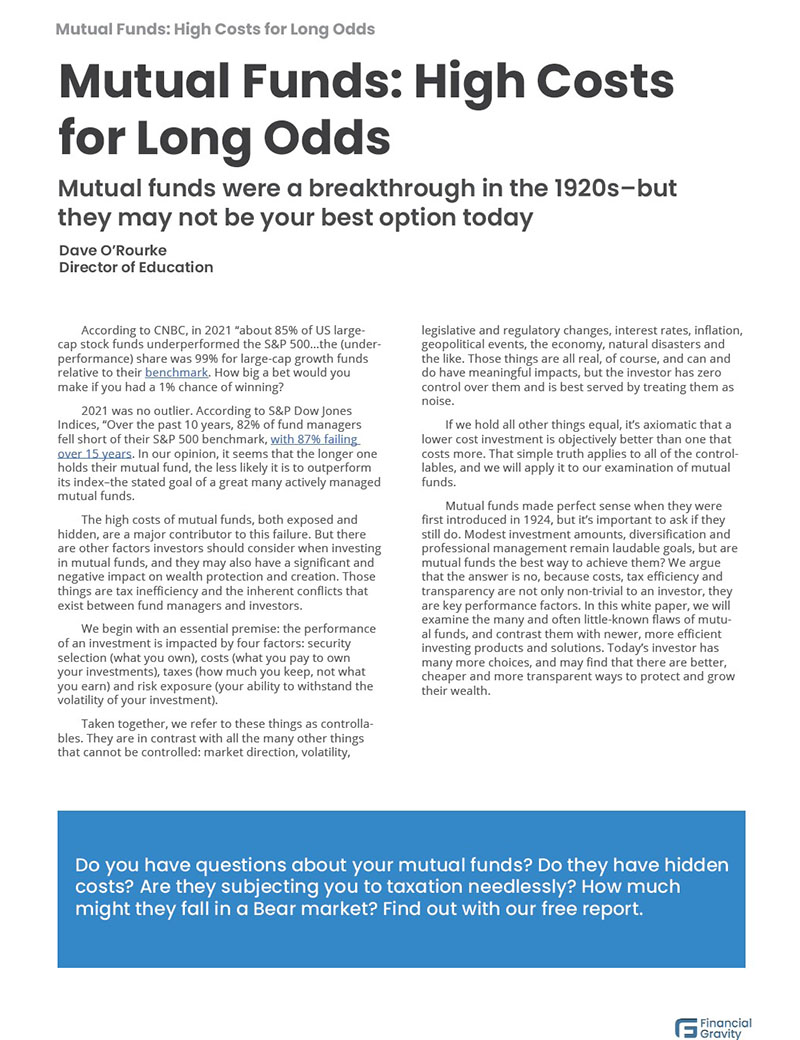A Million is Not What It Used to Be
In 1955, CBS debuted The Millionaire, a drama that explored the impact of sudden wealth on ordinary people. The premise of the show was a simple one: John Beresford Tipton, reclusive financier and philanthropist, would anonymously give a check for one million dollars to one person so he could observe their behavior after the windfall.
The Millionaire had a five-season run and ran subsequently for many years in syndication. Millionaires were much more scarce in the middle of last century. There were only an estimated 80,000 millionaires in the U.S. in 1961-62, according to The Politics of Rich and Poor by Kevin Phillips. One million dollars in 1955 had the equivalent spending power of $11.4 million in 2023, and Tipton’s gifts were given “with the taxes already paid.”
Part of the success of the show was America’s fascination with the rich. Another popular TV show was Lifestyles of the Rich and Famous, which ran in syndication from 1984 to 1995. The show was hosted by Robin Leach, who coined the catchphrase “champagne wishes and caviar dreams.”
Lifestyles was not about the millionaire next door but charted the extravagant lifestyles of the truly wealthy. Like The Millionaire, Lifestyles provided a glimpse into how great wealth affects behavior.
A Million? Meh.
The huge majority of America’s millionaires are not super wealthy. Charles Schwab’s 2024 Modern Wealth Survey found that Americans believe you need a net worth of at least $2.5 million to be considered wealthy. According to Money magazine, you would need $5.81 million to be among the richest 1% of Americans.
Investopedia says that to be among the ultra-wealthy, often called ultra-high-net-worth (UHNW), you need a minimum of $30 million. Only 225,000 Americans have that kind of money. Only one out of every 1,467 people qualify for the UHNW label. That kind of money really does come with some significant advantages.
Those advantages go beyond grand homes, personal shoppers, and luxury travel. The ultra-rich have access to family offices, which are probably the only truly organic, demand-driven organizations in all of finance. Family offices aren’t built to serve wealthy families; they are the result of wealth. A family like the Rockefellers or the Morgans, among the very first families in the U.S. to have a family office, simply hires the top tax, risk, and asset managers in the country to work directly for them.
Data about family offices is harder to come by than data from regulated companies like banks, insurance companies, and brokerage firms. We must rely on consulting firms for insights into the world of the family office. No one knows for sure how many family offices there are, but we do have some credible estimates.
The North America Family Office Report 2023 gives an estimate of more than 10,000 single-family offices worldwide. That would be the high estimate that we’ve seen. According to a report from Prequin, as reported by CNBC last March, there were 4,500 family offices world-wide, and North America has 1,682 of them. Prequin also reported that the number of family offices tripled since 2019 and now manage over $6 trillion.
Wealth-X has reported that there are 2,600 billionaires in the world and 90,000 people worth $100 million or more. The wealth pyramid clearly has a very wide base, with the huge majority of dollar millionaires falling below the $2.5 million level. Those millions of people are not wealthy enough to afford their own family office and aren’t even wealthy enough to qualify for a multi-family office, which typically has a minimum wealth requirement in the $20 million range.
The services and products offered to these “millionaires next door” or “mass affluent” families are virtually the same as those offered to every other family.
Access Denied for Tens of Millions
The term overlooked millionaire has been with us for several years. It seems to have bloomed into life in 2018, and while we can’t be sure who first used the term, it is a useful description of millions of American families.
It’s ironic that over 90% of American millionaire families do not enjoy the benefits of the family office model because, in some ways, they need it more. One hundred million, or even thirty million, leaves a lot of room for error. A family with a $2 million net worth, however, is very much on the bubble between a secure retirement and having to make some very tough choices.
Overlooked millionaires often need the sophisticated, comprehensive advice family offices provide. A family that owns a small business or a real estate portfolio may be subject to a big tax bill when they liquidate those assets. Those same families may not understand the risks associated with investing and could be susceptible to a persuasive sales pitch that ends with an illiquid product that does not perform well for them and cannot be easily transferred into a different one.
The single most important advantage that clients of family offices have over the overlooked millionaire is the absence of conflict between the client and their office. There is no salesmanship, no incentive on the part of the financial professional that is not fully aligned with the best interests of the family.
We simply can’t imagine a family office that does not have a top-flight tax professional in a key, client-facing, decision-making role. In fact, tax policy would almost always be upstream from investment policy in a family office, a situation that makes ultimate sense considering that taxes can have the most corrosive impact on wealth creation.
The Irony is Richer Than the Family
There are other ways the overlooked millionaires are given short shrift by the financial services industry. A single professional, a banker, a planner, or an insurance agent may not possess the tools or the skills to see how their product fits into the bigger picture of the family’s financial situation. When a team of professionals works together with the common goal of the family’s welfare, that is much more likely to happen.
Ironically, ultra-wealthy families pay less for financial services than the overlooked class does. While the dollars they expend may be greater, the percentage of managed assets that go to fees will often be significantly lower. Lower costs and better tax management will lead to faster compounding, meaning that the rich get richer.
Few things in life are as fraught as financial security, and that’s another edge the ultra-wealthy have on the overlooked cohort. According to a Northwest Mutual Planning & Progress study, 31% of American millionaires do not use a financial advisor. They are DIYers who don’t have the advantage of working with someone who can help them gain real clarity into their financial lives.
The wealth management industry has some introspection to do. Why do almost one-third of all millionaires choose to manage their own affairs despite the fact that families that work with an advisor feel more confident about their futures than DIYers do? We believe that will change when the industry adopts the practices of the family office model.
The good news is that the benefits of the family office are being democratized. The trends toward lower costs, more tax-efficient portfolio management, holistic planning, and empathetic risk tolerance models are evident, and we can see a future where America’s millionaires will be overlooked no longer. Are you an overlooked millionaire? Why not find out if the benefits of the family office are right for your family? We can help you with that with our complimentary Taxes First, Then Math™ analysis. This special report will put a spotlight on your costs, tax efficiency, diversification, and risk exposure, ensuring you are where you want to be.


